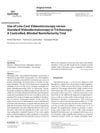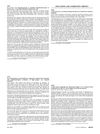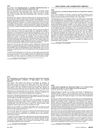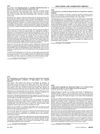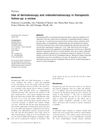A National Survey of Teledermatology Education in United States Residency Programs
April 2016
in “
Journal of The American Academy of Dermatology
”
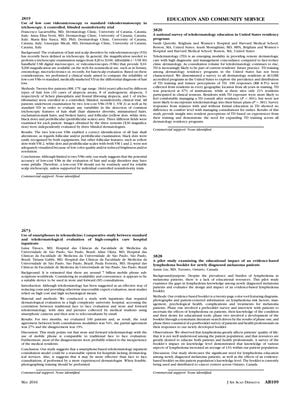
TLDR Low-cost videomicroscopes may not be reliable for diagnosing scalp disorders, smartphones could be reasonable for teledermatology, and U.S. residency programs need more teledermatology training.
In a study from 2016, researchers compared the reliability of low-cost videomicroscopes (VMs) to standard videodermatoscopy (VD) for diagnosing hair and scalp disorders, a technique known as trichoscopy. The trial included 25 patients with various types of hair loss. The VMs were able to correctly identify hair shaft alterations but had difficulty with certain follicular and perifollicular features due to low color quality and resolution. The conclusion was that low-cost VMs may not be reliable for scalp trichoscopy without further individual noninferiority trials. Another study evaluated the use of smartphones in teledermatology for inpatient consultations at a high complexity university hospital. Over two months, 100 patients were assessed, showing a 54% total agreement between traditional and teledermatology consultations. The study suggested that smartphone-based teledermatology could be a reasonable option, especially if conducted by experienced dermatologists and with proper photographing training. A national survey on teledermatology education in U.S. residency programs revealed that while 67% of institutions practiced teledermatology, only 21% of residents participated in clinical sessions. Residents with teledermatology exposure felt more comfortable managing consultations after residency, but it did not influence their future plans to incorporate teledermatology. The survey indicated a need for expanded teledermatology training in dermatology residency programs.
